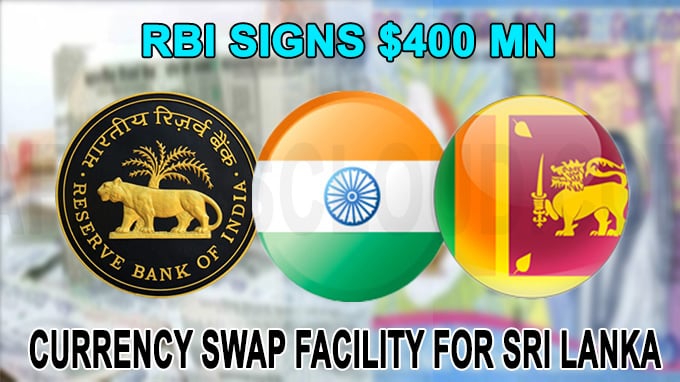Sri Lanka is in talks with India for a billion US dollar equivalent Indian rupee central bank swap, to facilitate trade, Indrajit Coomaraswamy, ad advisor to the government said.
“The amount is still uncertain it could be up to the equivalent of a billion US dollars,” Coomaraswamy told an online forum hosted by Sri Lanka’s central bank.
The money will be used to facilate India Sri Lanka trade, he said.
India has been trying to popularize the use of Indian rupees for external trade and also encouraged Sri Lanka banks to set up Indian rupee VOSTRO accounts.
However the first step in popularizing a currency for external trade is to get domestic agents, especially exporters, to accept their own currency for trade, like in the case of the US or EU, analysts say.
India’s billion US dollar credit to Sri Lanka given during the 2022 crisis is settled in Indian rupees (transaction need).
However the Indian government itself has chosen to denominate it in US currency for debt purposes (future value).
In most South Asian nations, receivers of remittances are willing to accept domestic currencies, leading to active VOSTRO account transactions.
Sri Lanka is expected to repay a 400 million US dollar swap with the Reserve Bank of India next year under an International Monetary Fund backed program for external stability and debt re-structuring.
Central bank swap proceeds sold to banks, which are then sterilized with inflationary open market operations, can trigger forex shortages and currency crises, analysts warn.
Sri Lanka went to the International Monetary Fund after two years of inflationary monetary operations by the central bank’s issue department (money printed to suppress interest rates) triggered the biggest currency crisis in its history and external sovereign default.
Sri Lanka had gone to the IMF 16 times with similar external troubles except for the April 2003 extended fund facility under Central Bank Governor A S Jayewardene which was a purely reform-oriented program with the World Bank (PRGF/PRSP) program at a time when he was collecting reserves with deflationary monetary policy and perhaps the lowest inflation since the Bretton Woods collapsed.


